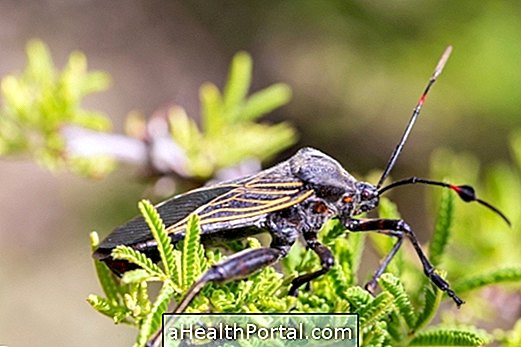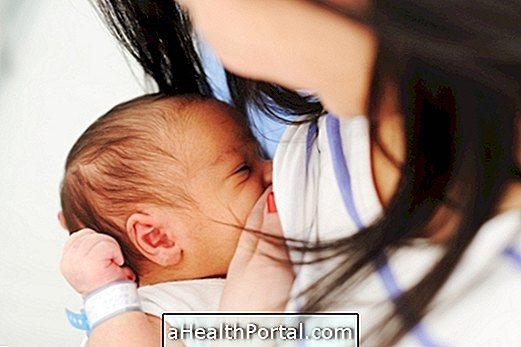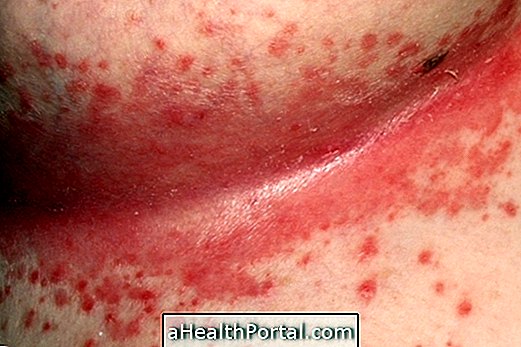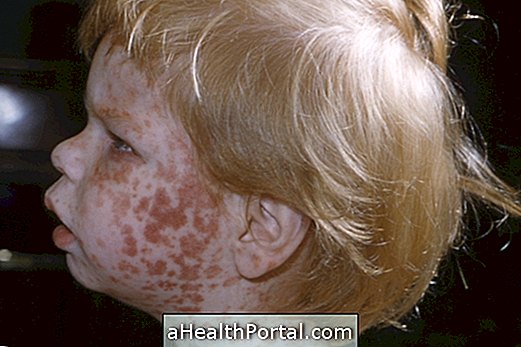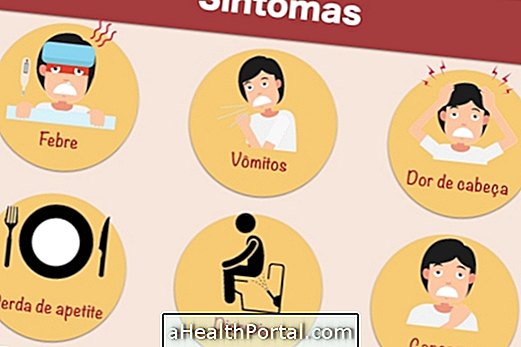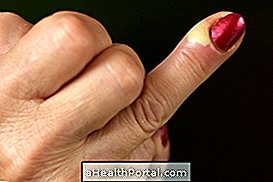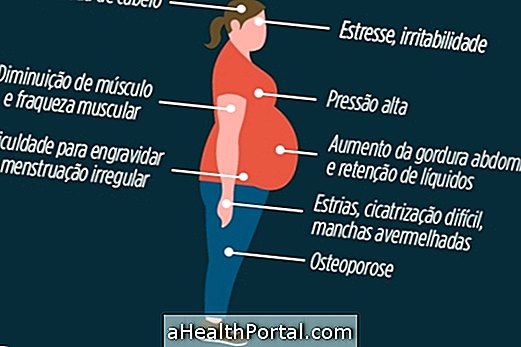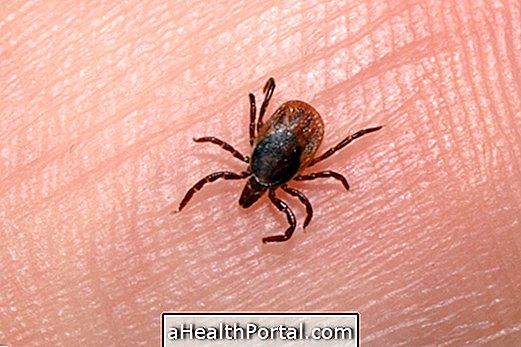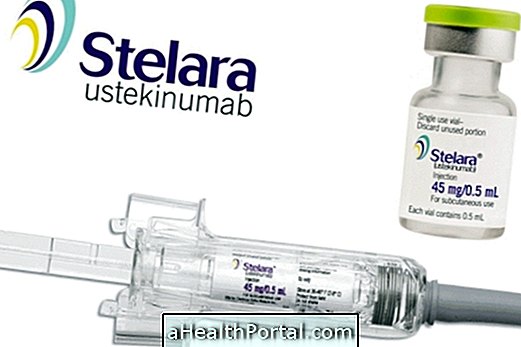Viral meningitis is a contagious disease caused by viruses of the enterovirus family that can affect people who have the closest contact with the infected person, such as those living in the same house, studying or working in the same room. However, when a person is infected with the virus, it can already contaminate others even if the symptoms have not manifested. Learn how to identify viral meningitis.
Meningitis is a disease of easy transmission and to avoid contagion it is also advised not to share food, drink and avoid direct physical contact and increase the frequency of hand washing avoiding direct contact with secretions such as saliva, sneezing or coughing of the patient . Understand Meningitis.
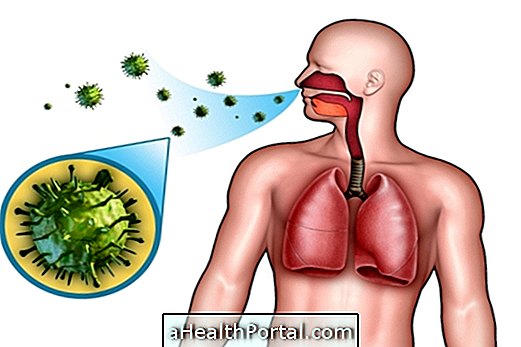
How Transmission Happens
The transmission of the virus that causes meningitis happens even if the person has no symptoms. Contagion is easy, and can be through:
- Sharing of glasses, plates and cutlery;
- Cough, sneeze, or saliva;
- Sharing food or drink;
- Close contacts as a kiss;
- Contact with the stool of the infected person
Usually the person with viral meningitis does not need to be hospitalized for isolation, but if the doctor thinks it is best for the person not to have close contact with others, for his own recovery to be faster, he may give this indication. Check out 5 practical steps to protect yourself from viral meningitis.
How to prevent contamination
The prevention of viral meningitis is done through the application of protective measures, such as:
- Wash your hands frequently and use the following alcohol, especially before and after using the bathroom, changing the diaper or blowing the nose;
- Wash hands thoroughly before handling food and cooking;
- Keep the bathroom clean and airy, without dirty toilet paper;
- Avoid turning on the air conditioning because the filters can accumulate viruses, transmitting diseases;
- Clean with chlorine all surfaces of the kitchen and bathroom, keeping the house clean;
- Wash all fruits and vegetables with water and leave to soak in the chlorine;
- Avoid contact with people already diagnosed with viral meningitis, even if they are being treated;
- Avoid close contact, such as kissing, for example, the infected person, as the saliva may contain viruses.
During an epidemic of viral meningitis, it is important that the protection measures are actually adopted, since transmission of the virus from one person to another occurs very quickly and asymptomatic.
How to Identify Viral Meningitis
Viral meningitis is usually only identified when the person has some symptoms, such as high fever, headache and stiffness in the nape of the neck. If these symptoms are present you should go to the ER for tests to see if you really are meningitis and then start treatment.
If meningitis is suspected, the doctor may indicate the use of prophylactic antibiotics, which must be discontinued after confirmation that the disease is not bacterial, but the viral form that does not require antibiotics. Learn to recognize all the symptoms of viral meningitis and how your diagnosis is made.
